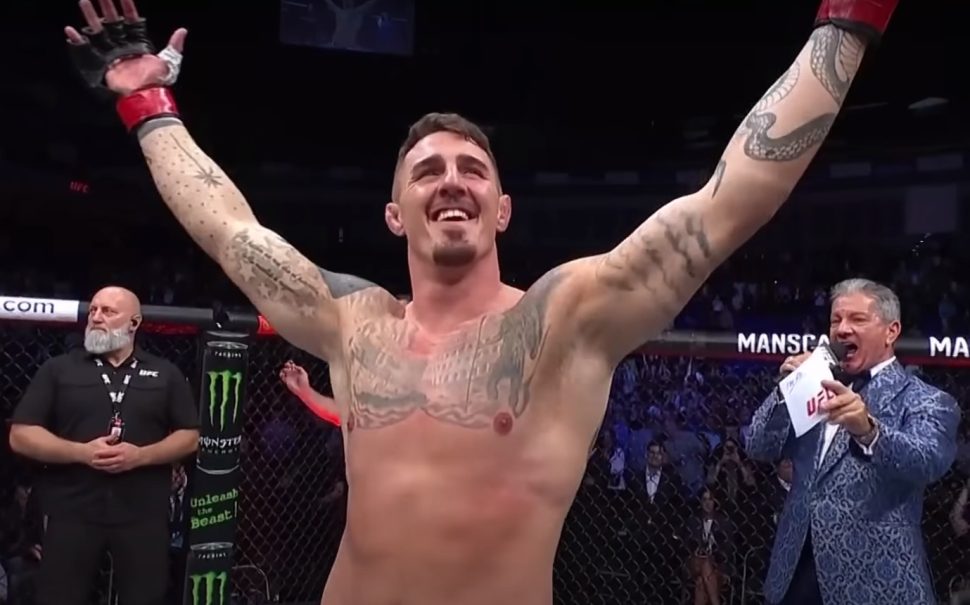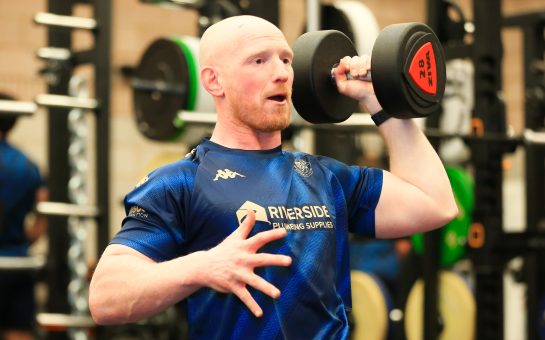Top UFC Heavyweight prospect Tom Aspinall has spoken out about his son’s recent autism diagnosis and how he is educating himself on the condition.
The Atherton fighter has pledged that, whilst his understanding of autism is in its ‘infancy’, he will use his platform as a popular Mixed Martial Arts fighter to raise awareness, understanding and acceptance of the condition.
Common symptoms of autism include difficulties with social communication, highly focused hobbies, extreme anxiety and meltdowns or shutdowns.
The 30-year-old first began noticing some of these symptoms in his son during a coronavirus lockdown in 2021.
“We’d say his name and he would not look at you or make eye contact, if you told him off, he kind of wouldn’t respond,” he told the BBC.
Embed from Getty Imageswindow.gie=window.gie||function(c){(gie.q=gie.q||[]).push(c)};gie(function(){gie.widgets.load({id:’pmYQ53ZgRQ11Eub_W5MEwg’,sig:’VkBaOObvC2EL3NiPBrlvR0zPVXwtgRWsjqY58Cuebhw=’,w:’594px’,h:’396px’,items:’1563808548′,caption: true ,tld:’com’,is360: false })});It wasn’t until he saw the BBC documentary Paddy and Christine McGuinness: Our Family and Autism – and later had the opportunity to speak to Paddy – that he began to realise that his son may be autistic.
This inspired Aspinall to speak to a professional, and his son was diagnosed with autism shortly after his third birthday.
“I didn’t want there to be something wrong with my son. But when you start to learn about autism, you learn there’s not something wrong with them. It’s just a different way that their brains work,” he said.
And now that he has educated himself on the condition, he is able to look at his son’s unique outlook on life in a more understanding way.
“He’s really social – he loves strangers, he’ll go and sit on anybody’s knee,” Aspinall said.
“I know some autistic children and they can’t be around strangers at all. Every autistic person and child is completely different and you have to know their triggers and what sets them off.”
Aspinall says that for his son, he struggles with using speech to communicate.
However, since his diagnosis, Aspinall has noticed improvements in the four-year-old’s communication and ability to express emotions.
“He has a picture of different options he might want to snack on, so if he goes into the kitchen, he’s got a picture of an apple, a banana, and a rice cake,” he said.
“And now when you say his name and then say, ‘Can you give me a hug?’ he’ll run over and give you a hug and then go off and do whatever he’s doing and it just gives you hope moving forward.”




